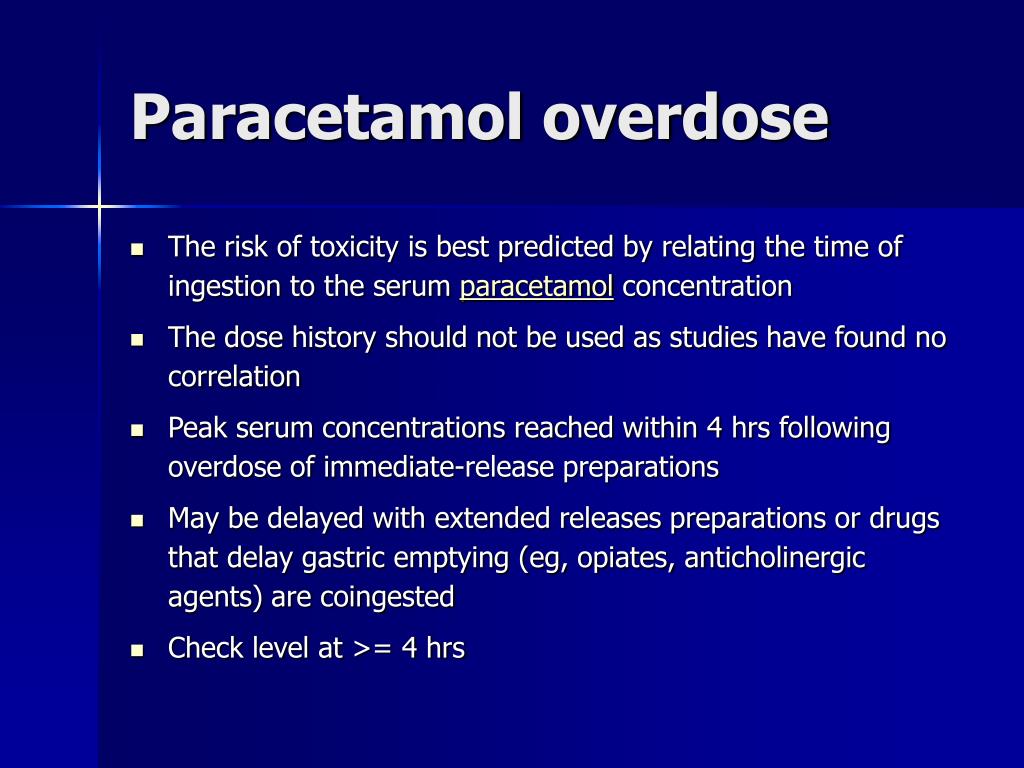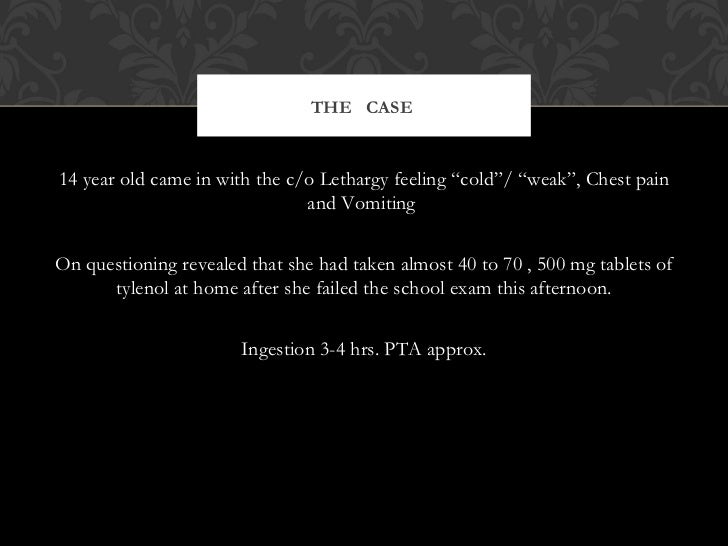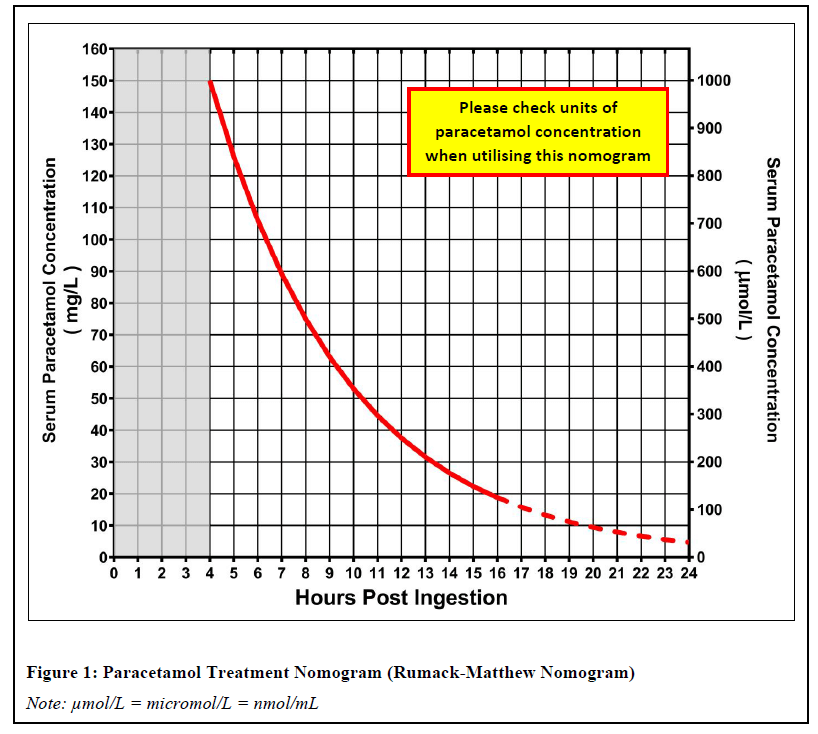

The first cases of poisoning with paracetamol were described in the British Medical Journal in 1966 1, 2. Paracetamol poisoning and its management is one of the success stories of British clinical pharmacology. This article discusses new approaches to risk assessment and treatment for paracetamol overdose based on recent research in this area. New approaches to assessing the toxicity of paracetamol are now emerging using new biomarkers in blood. This has resulted in a large increase in admissions and in the proportion suffering adverse reactions to the antidote acetylcysteine since, interestingly, higher paracetamol concentrations inhibit anaphylactoid reactions to the antidote.

As a result many more patients were treated. In 2012 the UK Commission on Human Medicines recommended a revision of the nomogram, following the death of a young woman, lowering the treatment threshold for all patients.

The management of patients with paracetamol poisoning has been little changed for the past 40 years, with a weight related dose of antidote (acetylcysteine) and treatment based on nomograms relating paracetamol concentration to time from ingestion. Paracetamol poisoning is the commonest overdose seen in the UK.


 0 kommentar(er)
0 kommentar(er)
